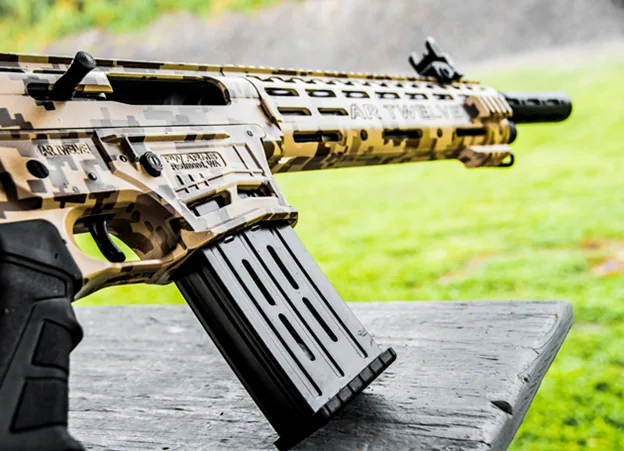
The evolution of shotguns from their inception as basic firearms to the marvels of advanced engineering that they are today is a testament to the relentless pursuit of innovation in firearms technology. This transition has not only revolutionized the way shotguns are used in sports, hunting, and law enforcement but has also significantly enhanced their performance, safety, and versatility. Here we delve into the historical progression, the integration of cutting-edge technology, and the future implications of these advancements in the realm of shotguns.
Historical Evolution
The history of shotguns begins in the early 17th century, where they were initially known as “fowling pieces” for bird hunting. Early shotguns were muzzle-loading, smoothbore firearms that fired multiple pellets, or shot, spreading out to hit a wider area. This characteristic made them ideal for hunting birds and small game. As time progressed, so did the technology and design of these firearms. The introduction of breech-loading mechanisms in the 19th century allowed for quicker reloading and improved safety, marking a significant advancement in shotgun engineering.
Technological Advancements
The rise of advanced engineering in shotguns can be attributed to several key technological innovations. One of the most notable advancements is the development of precision engineering and manufacturing techniques. Computer Numerical Control (CNC) machining and 3D printing have enabled manufacturers to produce parts with extremely tight tolerances, leading to improved reliability and performance.
Another significant advancement is in the materials used to construct shotguns. Modern shotguns now incorporate lightweight, durable materials such as carbon fiber, titanium, and advanced polymers. These materials reduce the overall weight of the firearm without compromising its strength, making it easier to handle and operate, especially in demanding conditions.
Furthermore, the integration of digital technology has introduced a new era of “smart” shotguns. Features such as electronic triggers, digital sights, and even recoil reduction systems have been developed. These technologies not only enhance the shooting experience but also improve accuracy and safety for the user.
Impact on Sports and Hunting
In the realm of competitive shooting and hunting, these advancements have had a profound impact. The precision and reliability of modern shotguns, including the AR 12, have elevated the level of competition, allowing shooters to achieve greater accuracy and consistency. For hunters, the improvements in range, firepower, and versatility have expanded the possibilities of game hunting, making shotguns more effective and adaptable to different environments and targets.
Law Enforcement and Military Use
The evolution of shotgun technology has also significantly impacted law enforcement and military applications. Enhanced reliability, increased firepower, and the ability to customize shotguns with various accessories have made them invaluable tools in tactical situations. The development of non-lethal ammunition, such as bean bag rounds and rubber bullets, has provided law enforcement with more options for crowd control and less-lethal engagement.
Future Implications
Looking forward, the rise of advanced engineering in shotguns promises even more groundbreaking developments. Innovations such as smart scopes that can calculate ballistics in real-time, voice-activated controls, and integrated cameras for recording and live-streaming are on the horizon. These advancements will continue to push the boundaries of what is possible with shotguns, enhancing their effectiveness, safety, and usability.
Moreover, the ongoing research in materials science and engineering could lead to the creation of even lighter, stronger, and more resilient shotguns. The potential for energy-efficient, electronically powered shotguns could revolutionize the way they are used, offering new methods of operation and performance characteristics.
Conclusion
The rise of advanced engineering in shotguns is a reflection of the broader trends in technology and innovation. From their humble beginnings to the sophisticated firearms of today, shotguns have undergone a remarkable transformation. This journey has not only improved the capabilities and performance of shotguns but has also expanded their role in society, from sports and recreation to law enforcement and military applications.
As we look to the future, the continued evolution of shotgun technology promises to deliver even more exciting and innovative developments. These advancements will undoubtedly continue to shape the landscape of firearms, offering new opportunities and challenges for manufacturers, users, and regulators alike. The rise of advanced engineering in shotguns is not just a testament to human ingenuity but also a glimpse into the future of firearms technology.
